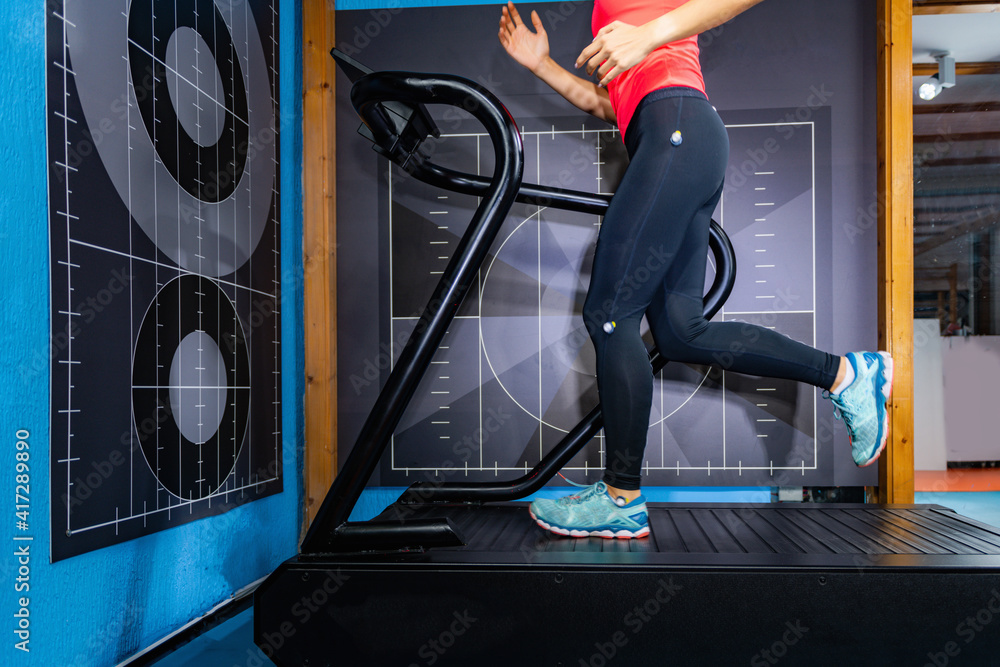The Perfect Running Form Exposed
Jan 11, 2023
When I started running I was told by my coach that I needed to run with perfect form. Specifically, running with my feet landing forefoot, leaning forward over my toes, at 180 steps per minute and acting as if I were falling forward while I ran. After multiple injuries, a myriad of running patients and in depth research I can tell you there IS NOT a perfect running form. However, there IS a perfect running form for a specific runner’s anatomical make up and injury predisposition.
How to pair the correct running form to the individual runner
Since there is not a perfect running form for everyone, it is important to investigate what factors go into determining the correct form for specific runners. To simplify this we can break down running form considerations into two categories, runners with running related injuries and runners with anatomical limitations such as decreased ROM and muscle strength. Some runners may be suffering from both running related injuries and anatomical limitations, therefore PTs will need to utilize their clinical reasoning to pick and choose the best recommendations for each runner.
Running form considerations for common running related musculoskeletal disorders
Common running related injuries often are a result of excessive ground reaction forces (impact) being transferred into the lower extremities. However, the running form paired with these runners must not only decrease GRF (ground reaction force) but specifically decrease the impact through the lower extremities at the correct anatomical location. Examples of these injuries include Patellofemoral Pain Syndrome, Medial Tibial Stress Syndrome (Shin splints) and Knee Osteoarthritis. The research points towards limiting heel strike at initial contact, avoiding overstriding and limiting excessive vertical displacement in these runners.
Check out the YouTube video here:
Running form considerations for anatomical risk factors
However, some runners are not experiencing an injury but have anatomical risk factors to injuries including limitations in ROM and/or strength. It is best for these runners to avoid running form that can extrapolate their anatomical instabilities and range of motion deficits. Examples of these high risk running forms include midfoot and forefoot strike, footstrike with a narrow base of support, elongated stride length due to using a low cadence and running at high speeds.
The exceptions to the running form rules
Lastly, there are some exceptions to the rules in pairing the best running form to each runner. For example runners with Gastrocnemius/Soleus Strains and Achilles Tendinopathies should avoid forefoot running and forward trunk tilt. Additionally, runners with limitations in hip flexor functional muscle length can improve their hip flexor ROM with increased terminal hip extension while running.
How physical therapists can provide excellent clinical outcomes for runners
While it is tempting to make running gait analysis simplified to be able to provide generalized recommendations to all runners, these running form guidelines demonstrate the importance of each runner receiving an individualized running gait analysis by a physical therapist. If you are interested in learning more about running gait analysis, improving your patients outcomes and/or learning how to start your own profitable running gait analysis clinic click here to check out our continuing education course “The Essentials of Running Gait Analysis”. Additionally, if you have questions about this content or the course feel free to reach out to us to discuss and we will personally respond to your question.
Listen to the podcast!
Click the image to learn more about "The Essentials of Running Gait Analysis" course:

